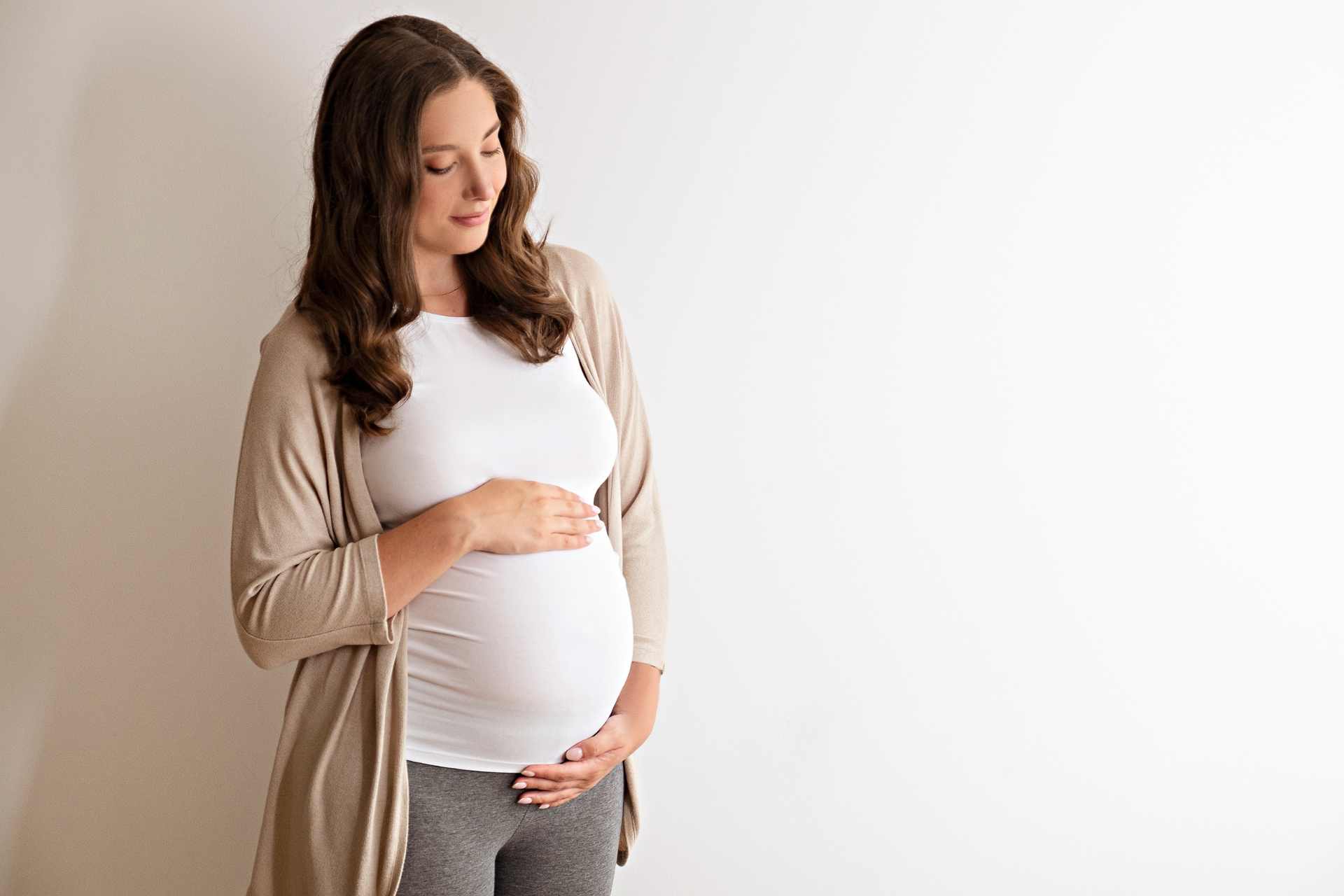What is already known
Scientists have been debating whether the human womb and fetus are colonized by bacteria. Recent studies have challenged the longstanding view that the placenta, amniotic fluid and fetus are free from live microorganisms, but contaminating microbial DNA may confound the results.
What this research adds
Researchers reviewed recent studies characterizing the fetal microbiota and concluded that the detection of microbiotas in fetal tissues was due to contamination of samples drawn from the womb or during DNA extraction and sequencing. The presence of a fetal microbiota challenges fundamental immunological and clinical microbiology principles as well as the theory behind germ-free animals, the researchers say.
Conclusions
The findings support the ‘sterile womb’ hypothesis and may help scientists avoid pitfalls of contamination in the analysis of samples where microbes are expected to be absent or present at low levels.
In recent years, scientists have been debating whether the human womb and fetus are colonized by bacteria. A new analysis appears to settle the debate, showing that studies that suggest the existence of a fetal microbiota are based on contaminated samples.
The findings, published in Nature, support the ‘sterile womb’ hypothesis and may scientists avoid pitfalls of contamination in the analysis of samples where microbes are expected to be absent or present at low levels, such as blood and brain samples.
“This consensus provides guidance for the field to move forward, to concentrate research efforts where they will be most effective,” says study lead author Jens Walter at University College Cork. “Knowing that the fetus is in a sterile environment confirms that colonization by bacteria happens during birth and in early post-natal life, which is where therapeutic research on modulation of the microbiome should be focused,” he says.
Recent studies have challenged the longstanding view that the placenta, amniotic fluid and fetus are free from live microorganisms, but contaminating microbial DNA may confound the results. So, Walter and his colleagues reviewed four studies, published since 2020, that suggested the existence of a fetal microbiota.
Microbial contamination
Three of the studies collected samples from vaginally delivered fetuses after pregnancy terminations, and one collected samples at birth following a C-section. Two studies detected live microorganisms in the fetuses, while the other two detected only microbial metabolites or traces of bacteria, mostly on the fetuses’ skin.
Every microbial genus detected in fetal samples in the two studies that claimed fetal microbial colonization was also found in most of the control samples. And the bacteria detected in fetuses from C-sections were different from those detected in fetuses delivered vaginally. In fetuses delivered through C-section, microorganisms usually found in the vagina were absent, the researchers found.
These findings suggest that the detection of microbiomes in fetal tissues was due to contamination of samples drawn from the womb or during DNA extraction and sequencing, the researchers say.
Another study that evaluated the possible placental microbiota detected bacteria that are known to dominate the vaginal microbiota, such as Lactobacillus and Gardnerella. However, when the researchers accounted for the presence of these vaginal microbes and those in the laboratory reagents, they found no evidence for a placental microbiota.
“Research claiming that viable low-density microbial communities are present in the fetal intestine and fetal organs likewise calls for an evaluation of the sampling process,” the researchers say.
Sterile womb
The presence of a fetal microbiota challenges fundamental immunological and clinical microbiology principles, the team notes. Fetal immune maturation and priming isn’t likely induced through microbial colonization, the researchers say. “Instead, fetal immune development might be driven through maternal immune components or microbial fragments and metabolites crossing the placenta, which protects the sterile fetus from live microorganisms through multiple layers of immunological defense,” they add.
The existence of a fetal microbiota is also at odds with the theory behind germ-free animals, the researchers say. “Sterility of the fetus is the basis for the derivation by hysterectomy of germ-free mammals (mainly mice and rats, but also pigs and other species), which have long been used to study the biochemical, metabolic and immunological influences of microorganisms on their mammalian hosts,” they say.
The team concluded that the evidence supports the hypothesis that the womb is a sterile environment. “Although it is impossible to disprove the occasional presence of live microorganisms in a healthy human fetus, the available data do not support stable, abundant colonizers under normal, non-pathogenic circumstances,” the researchers say.









